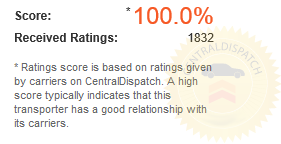Where to stop at a stop sign
How long to stop at a stop sign
Conclusion

Where to stop at a stop sign
Unfortunately, many people do not take stop signs as seriously as they should. Many people will routinely roll through stop signs, or some may even blow through them completely without stopping at all. Doing either of those is obviously illegal and will eventually leave you with an expensive ticket that will also cause your insurance rates to increase because it is obviously a moving violation. Even worse, you could be the cause of a major accident if you do not come to a proper and complete stop at all stop signs.
It is clear that you should always make complete and legal stops at all stop signs that you come across when you are driving in Hawaii. The first half of that is to stop at the correct place near a stop sign. Some stop signs will have a corresponding line and/or cross walk. Be sure you always stop with the very front of your car slightly behind these markers. To be exact, you can bring the nose of your car right up to these markers but do your best to not bring any part of your car over them as you are stopped. However, be sure that you do not stop too far before a stop sign either. Doing so can be dangerous because cars at the other ends of that particular intersection might not be able to see you and that can obviously lead to an accident.
How long to stop at a stop sign
The other half of carrying out a complete and legal stop at a stop sign in Hawaii will be to make sure you stay stopped for a long enough duration. This means that you will need to stay stopped for a count of at least three full seconds once your vehicle has officially stopped moving forward. In order to know when you can start counting those three seconds, once your car rocks back after applying your brakes, you are considered to be legally stopped. In order to count an official three seconds, you can use the Mississippi method. The Mississippi method is counting in your head or out loud by saying “one-miss-si-pi, two-miss-si-pi, three-miss-si-pi” in a calm non-rushed manner.
Conclusion
Coming to a full stop in a correct manner at all stop signs is not just a legal requirement when you are driving, it ensures your safety as well as the safety of any other drivers crossing those particular intersections at the same time. You must both stop at the correct position near a stop sign as well as stop completely for at least three seconds. If you do not, you risk a ticket or getting into an accident, both of which easily could have been avoided.


